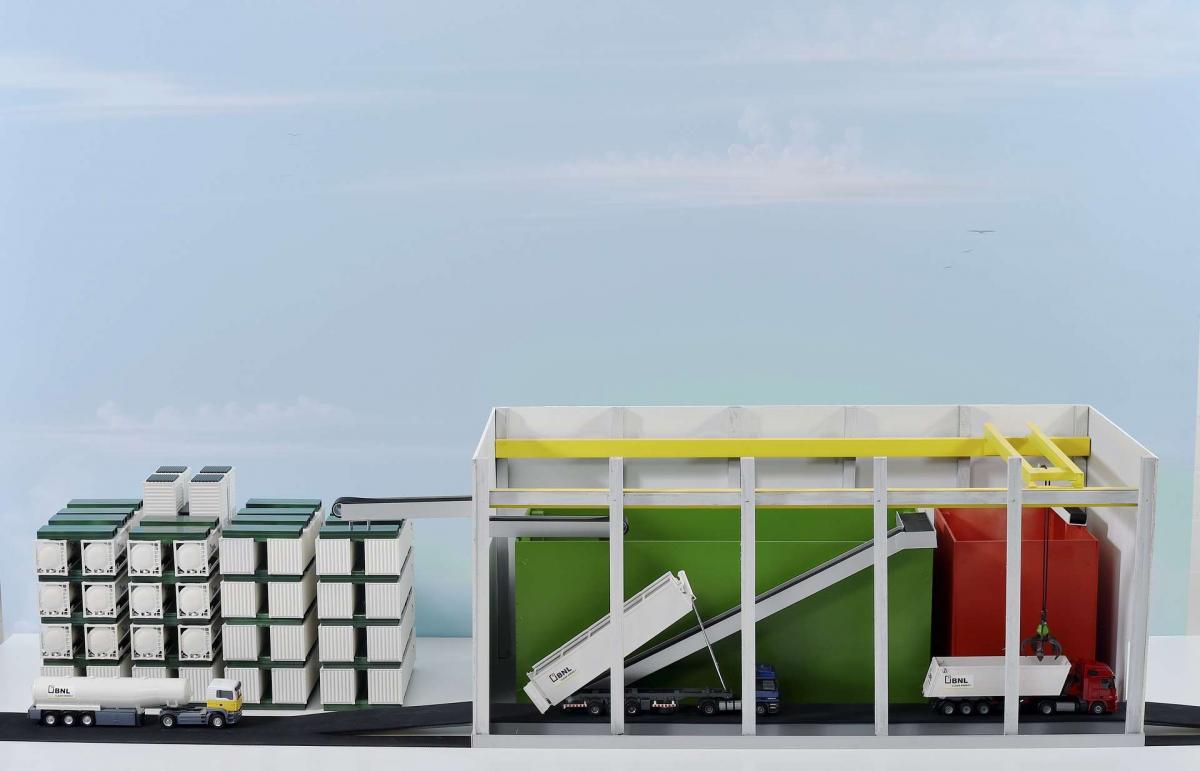A recent publication from Ceres, a nonprofit organization devoted to promoting sustainability as a goal in both investing and corporate governance, looks at the value that early-stage clean energy products offer venture capitalists. The publication is the work of a team of five “lead authors and key contributors,” including three of the co-founding managing partners of the Clean Energy Venture Fund. It begins with the observation that the VC industry in the United States has had enormous impact, especially since 1979 when pension plans were first permitted to invest in VCs. Roughly one fifth of public companies in the U.S. now originated from VC funding, and these one-fifth ”have generated massive private sector employment.” But in regards to clean energy investing by these VCs, we are now in the era of Model 3.0. The first model, clean energy investing prior to 2006, was something of a low-level sideshow for VC as a whole, and the paper gives little attention to it. The story begins with the “inflection point” of 2006, the creation of Model 2.0. That was the year of the dissemination of a former Vice President’s documentary film about the “inconvenient truth” of global warming. It was also a time of increasing fossil fuel costs, and Congressional action trying to ease the way for alternative energy start-ups. During the heyday of Clean Energy 2.0, from 2006 until 2011, VC firms invested $25 billion in tech start-ups in this space. They ended up losing more than half of that. There were lots of reasons for these losses, among them Chinese competition, inadequately considered biofuels legislation, and the fracking revolution, which revived those fossil fuels. Model 3.0 The new model, the one aimed at correcting the failures of 2.0, involves “low capital intensity and increased speed of adoption” as well as corporate partnerships and non-dilutive financing. Though the paper is generally upbeat about the prospects for 3.0, it concedes that challenges remain, notably the length of the sales cycle involved. The old fashioned use of the initials “R&D” for “research and development” has even been updated going into the new era, so that this report speaks of “RD&D” where the new D stands for “deployment.” One of the RD&D institutions the paper mentions is the Advanced Research Project Agency – Energy (ARPA-E), an initiative created by the administration of George W. Bush administered through the Energy Department and continued through the administration of Barack Obama. It has “provided more than $1.5 billion in funds for more than 500 projects” and those projects have attracted $1.8 billion in private sector funding. Projects funded have included carbon capture, grid storage, biofuels, and improved batteries for electric vehicles. The Ceres paper observes that the administration of Donald Trump has at least talked about the shuttering of ARPA-E. But it also suggests that states will be filling that gap, if that shuttering does happen. California, which has an ambitious cap-and-trade system, might use the revenue to provide clean energy investment on a level surpassing that of ARPA-E. Beyond the Science Project More broadly speaking, alternative energy is no longer in the field of science projects. There are alt technologies that are far beyond that and ready for the early stages of commercialization. That is why major corporations have established their own in-house VC funds, such as GE Ventures, BMW iVentures, Shell Technology Ventures, etc. The report draws an analogy between the developing clean energy financial value chain (from the early finding entities to follow-on growth capital to acquisitions by strategic investors such as Cisco or Total) and the analogous value chain that developed in earlier decades for the development of biotech, semiconductors, IT/networking, and the PCV, all sectors “that ultimately generated substantial returns for the early vintage VC funds and their limited partners.” The paper concludes with some case studies, such as the growth of Green Charge Networks and its purchase by ENGIE in May 2016. Green Charge put itself in the high end of the market for commercial and industrial storage power storage, with load predictive software. The bulk of the VC dollars were project finance, though as Ceres says “a fraction” was “dedicated to corporate equity.” ENGIE bought out 80% of that equity, providing an “attractive exit for investors.”

←
Back to Portfolio for the Future™
Ceres Report Evaluates Value of Early-Stage Clean Energy
February 4, 2018



